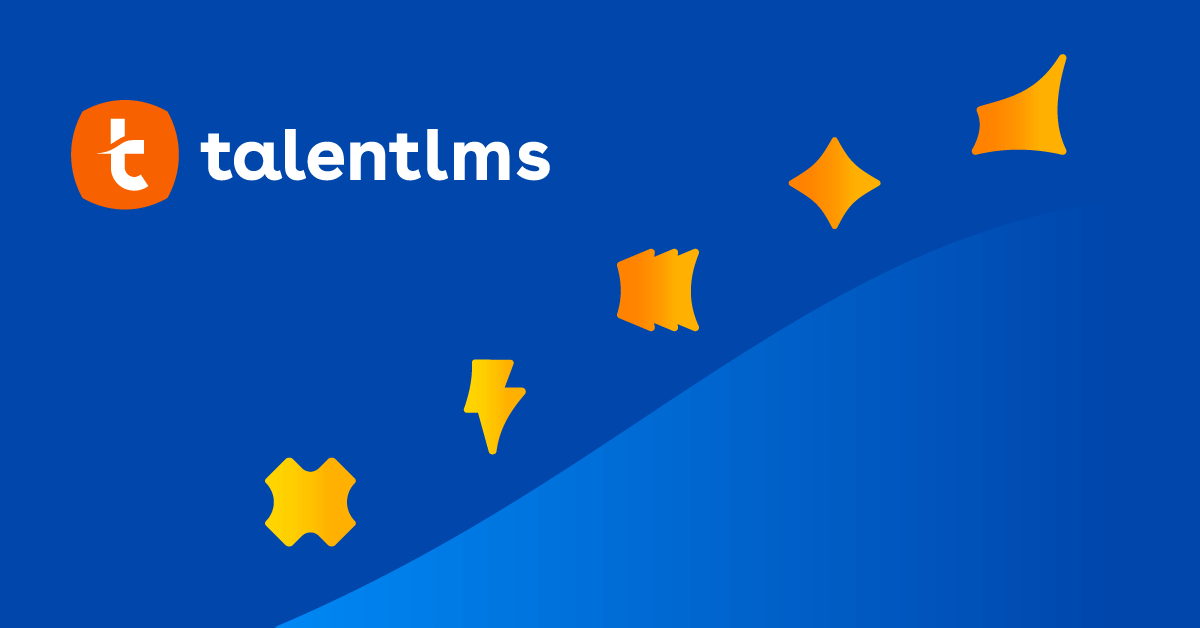Developing immersive courses that simulate real-world context is the latest in eLearning. Motivation and behavior theories have been pointing instruction designers and eLearning developers in this direction too.
Serious games or serious eLearning solutions take eLearning courses to a higher level of cognitive resonance through emotionally cognizant settings naturally found in games. Have you ever wondered what makes games a billion dollar industry? A trivial factor: human emotions.
Emotions create a special state of brain receptivity. Games put us in a state of “flow” or a steady state of focus. Find that hard to believe? Imagine going through emotions of worry, anxiety, arousal, flow and control.
Fluctuating between these emotions requires focus and concentration. Think about a simple eLearning course. The attentions span is too short, and is increasingly getting shorter due to availability of novel learning environments like serious games.
In this article we uncover the motivational secrets behind a game-based eLearning program and how to create a perfect game goal before designing a serious game.
Why do you think context-centric learning environments like serious games work?
Situated Learning Theory
This theory builds on the learning theory supporting that the learner receives information readily, when placed in authentic contexts replicating real world tasks while interacting with others, rather as compared to “knowledge dumping content” that is expected to be applied later. Serious game design utilizes this theory by creating real job-like situations complete with complex and believable characters that encourage decision making like how to manage employees with different personalities, while enabling the learner to play through different situations.
This form of learning is similar to “on-the-job-learning”, or more active learning as compared to passively absorbing chunks of information on the screen. It’s no wonder, individuals prefer playing a game to learn, than taking notes, listening to a lecture and answering predictable quiz questions.
Instead of flooding the learner with overwhelming information, games present the most relevant, applicable knowledge that will enable immediate learning and the ability to start their job with the required knowledge to succeed.
So what’s the main difference between a regular eLearning training and game-based eLearning? Think with your mind of an Affective Domain (values, feelings, motivations, attitudes, stereotypes) and a Cognitive Domain (synthesis, recollection, evaluation, analysis, comprehension). As explained above, in order to remain focused on a task for longer periods, our minds need to be in the “flow”. Games engage the Affective and the Cognitive Domains of our minds.
Whereas, regular eLearning rely on the learners’ intrinsic motivation or the organizations’ extrinsic motivation, while stimulating mostly the Cognitive Domain of the learner. And what do game-based learning and regular eLearning courses have in common? The Game Goal and the Course Goal respectively.
And both types of eLearning can be developed using the available SaaS (software as a service) tools and deployed in any learning management system. Before designing a serious game (hang in there, we are designing using regular stationary and not game development application tools…which we will cover later), you need to write down the goal of the game.
Trace the goal back to your organizational strategic and operational goals. We trust you to have determined the learning need through gap analysis. Justify the training by determining if it will fulfill the strategic or operational goal.
Oftentimes senior leaders require measurable goals from the training department. These could be in the form of course completion rates, course scores, and after course review scores from observing managers. Bearing these in mind, device a comprehensive game goal as follows:
After completing the game, the learner will be able to —————————– with 100% accuracy.
Fill the blank with a task and a verb, for example:
describe
identify
contrast
perceive
influence
determine
disassemble
construct
recognize
A concrete game goal will:
-
help define your game-based learning project
-
refine the eLearning strategies to be used in your project
-
design pedagogical activities
-
help define your game-based learning assessment
-
tell the learner exactly what to expect
-
create an appropriate storyline and a real-world environment for your game
Before you write down your game goal, think of your target audience. Who are they? What are their ages? What do they know regarding your course topic? Are there any other concerns? Can you determine what personal and professional skills they would prefer to learn? Now tie this learner analysis with your organization’s training needs. Create a course/game goal that communicates the purpose of the game and what the learner should expect.
After completing this exercise, you should investigate the context where this course/game goal will be applied. In short, where will the learning be applied? Identify the performance context. Is it an office setting? Is it a restaurant setting? Is it a home environment or a hospital? Remember, unlike a simple eLearning program, game-based learning involves immersive, real-world settings.
Now is the time to have some unconventional instruction designing/e learning development fun! Determine your context and put on your artistic, creativity hat. Sketch out a few scenes or search for background scenes in your favorite eLearning sites. Background scenes are powerful ambiance-setters. Using your game goal, you can easily determine the theme and the mood of your game-based learning project.
The next step is to identify four to five game objectives. Simply put, objectives are like sub-goals. If your game-goal demonstrates the “big picture” of your learning program, your game objectives will zoom into the specific components of the goal. Each objective is written in a similar style like the goal. Your game objectives will:
-
Help keep learning materials (activities and game challenges) within the scope.
-
Tie with assessment items and activities for a satisfying learning experience.
In a game-based learning design, objectives will help determine the quest or challenge associated with each scene. They will also help visualize the characters involved in each scene to create a complete scenario.
Now that your game goal and game objectives are ready, before going any further, share your design with the client or the manager. It is very critical to make sure the game goal and objectives are agreed upon before building the game in the next stages.
What’s next?
Using Real-World Context Scenario and Storyline
Stay tuned!
| Tags: Gamification

